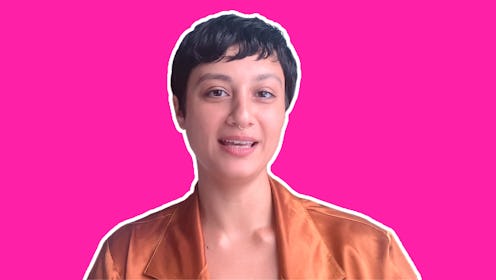No Shame Sex Ed
Is There More To Consent? Experts Weigh In
It's time to expand your definition of consent.

When you hear the term "consent," the first situation that comes to mind is probably one that involves whether or not consent was given. So many of our conversations about this focus on consent as the line between right and wrong, between sex and assault — and it is a fundamental issue, but there’s a secondary aspect that we need to explore. And there’s so much to explore when you start practicing consent and communication in all of your relationships but especially in your sexual relationships.
So we asked four sex experts how to practice these things in our everyday lives and how to use these skills to shamelessly explore our kinks and desires that honestly can’t be explored without explicit consent and communication. So if you’ve been thinking about consent as a one-time “yes” or “no,” you’re on par with almost everyone else (since only 30% of adults were taught about consent in their sex education). But if you’d like to change that (and your sex life), here’s the place to start.
If you already have this consent thing figured out or if you think this is important to figure out, check out what your state requires in its sex education courses, because it’s likely that they don’t require instruction about consent (only nine do as of 2020). So if you’d like your children, future children, or nieces and nephews to have a better sex education than you did, you should reach out to your representative, learn their stance, and see how you can affect some change in the world.
Credits:
Expert: Ayesha Hussain
Expert: Mistress Blunt
Expert: Dr. Natasha Bhuyan
Expert: Shelby Sells
Executive Producer: Whitney Buxton
Executive Creative Director: Lauren Sofair
Supervising Producer: Irina Dvalidze
Producer: Lauren Tegtmeyer
Post Supervisor: Amy Eakin
Editor: Meline Rosales
Motion Designer: Jeff Donlan